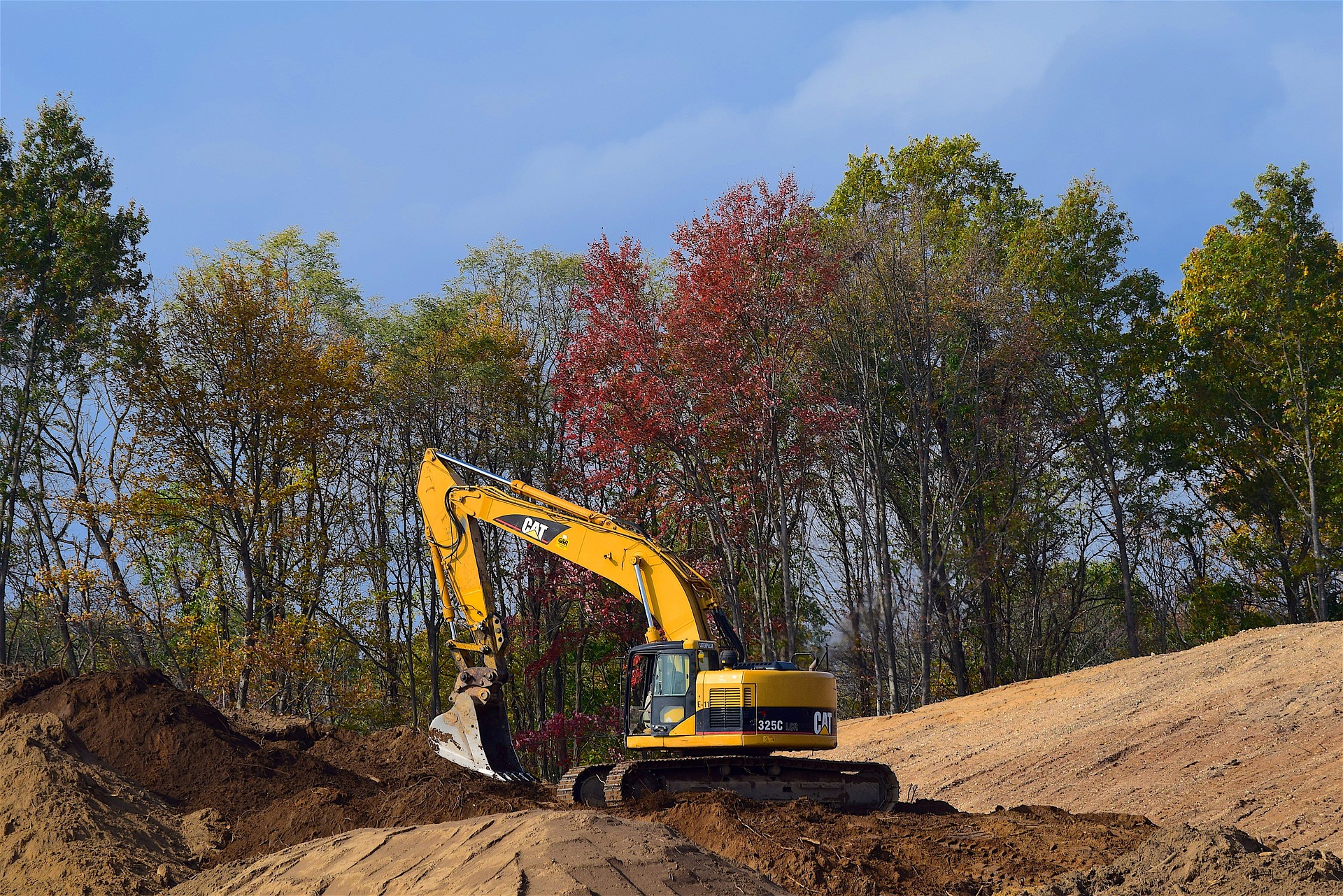In the construction industry, working at height is a common yet potentially hazardous task. To ensure the safety of workers and compliance with UK regulations, it’s crucial to understand the principles of safe work at height. This article provides comprehensive revision material for the UK CSCS (Construction Skills Certification Scheme) Working at Height Category 14 exam, covering key aspects such as ladder safety, mobile access towers, fragile roofs, and fall prevention.
Loading and Unloading Safety
Firstly, let’s consider the environment in which vehicles are loaded and unloaded. It’s imperative to perform these tasks on level ground to maintain stability and prevent accidents. Additionally, implementing a one-way system in loading zones can significantly reduce risks by eliminating the need for reversing manoeuvres.
One of the most common causes of accidents on construction sites is materials falling from vehicles during unloading. To mitigate this risk, workers should be vigilant and follow proper unloading procedures.
Ladder Safety and Regulations
When it comes to working at height, ladders are suitable only for low-risk, short-duration tasks, as per the Work at Height Regulations. The person intending to use the ladder is responsible for conducting pre-use checks. If any equipment, such as ladders, is found to be damaged, it must not be used. The worker should immediately inform others about the damage to prevent potential accidents.
To ensure stability, ladders should be securely fixed at the top. When climbing, maintain three points of contact at all times, and remember, only one person should be on a ladder at any given time. It’s also important to note that wooden ladders should not be painted, as this can conceal defects or damage.
Using Podium Steps and Scaffold Access
For tasks requiring more stability, podium steps can be used. However, it’s a misconception that they cannot topple over. Always check them before use and ensure the wheels are secured. Similarly, when using a ladder to access a scaffold platform, it must be securely fixed and extend at least 1 metre above the platform for safe access.
Mobile Access Towers: Usage and Movement
Mobile access towers are another common form of access equipment. If the brakes on a tower are not functioning, do not use it. Always access the working platform via the integrated ladder, and never use the tower on soft or irregular ground.
When moving a tower, push it from the base to maintain stability. If the tower cannot provide safe access, inform your manager that a larger one is required. Remember, only a trained scaffolder can remove and replace scaffold guard-rails.
Working Near Hazards: Electricity and Water
When working near overhead electric cables, always assume they are live until proven otherwise. This precaution is crucial for preventing electrocution incidents. Similarly, when working over deep water in a Mobile Elevating Work Platform (MEWP), wearing a life jacket is essential.
Mobile Elevating Work Platforms (MEWPs)
In a MEWP, always attach your harness lanyard to a designated anchor point within the platform. In a boom-type MEWP, use a work-restraint lanyard clipped to an attachment point in the basket. It’s paramount that you never operate any access equipment, including MEWPs, without proper training. If asked to do so, stop work and consult your supervisor.
Roof Work: Flat and Fragile Surfaces
When working on flat roofs, protect the edge with a guard-rail and toe-board to prevent falls. For fragile roofs, such as those with wired glass panels, it’s safest to work from beneath using a MEWP. Never walk on a fragile roof without fall protection. If you must cross a fragile roof, use crawling boards with handrails.
Preventing Falls and Falling Objects
To prevent falls through voids or fragile surfaces, install stable, weight-bearing covers and display warning signs. To protect people below from falling materials, use brick guards or netting along scaffold edges. When working above toe-board height, these measures are crucial.
For public safety, it may be necessary to close or divert pavements. On-site, restrict access beneath work areas using barriers and signage. Always wear a hard hat where there’s a risk of falling objects.
Fall Arrest Systems and Equipment
Personal fall prevention equipment primarily aims to prevent falls. However, if a fall-arrest system is used (only after considering all other options), all users must know how to perform pre-use checks. If you notice any damage to your harness or attachments, stop work immediately and report it.
An important component of fall-arrest systems is the inertia reel, a retractable device that locks in case of a sudden jerk. Remember, if someone falls and is suspended in a harness, they need prompt rescue to avoid suspension trauma.
Training and Responsibility
It’s crucial that you never operate any access equipment without proper training. This applies to all equipment, from ladders to MEWPs. If asked to use unfamiliar equipment, halt work and consult your supervisor.
The responsibility for pre-use checks on ladders and other height-related equipment lies with the operative using it. Similarly, if you have concerns about scaffolding safety, report them to your supervisor immediately.
Conclusion
Working at height presents numerous risks, but with proper knowledge, training, and adherence to safety protocols, these risks can be effectively managed. By understanding and applying the principles covered in this article, you’ll be well-prepared for the UK CSCS Working at Height exam and, more importantly, equipped to ensure your safety and that of your colleagues on construction sites.

